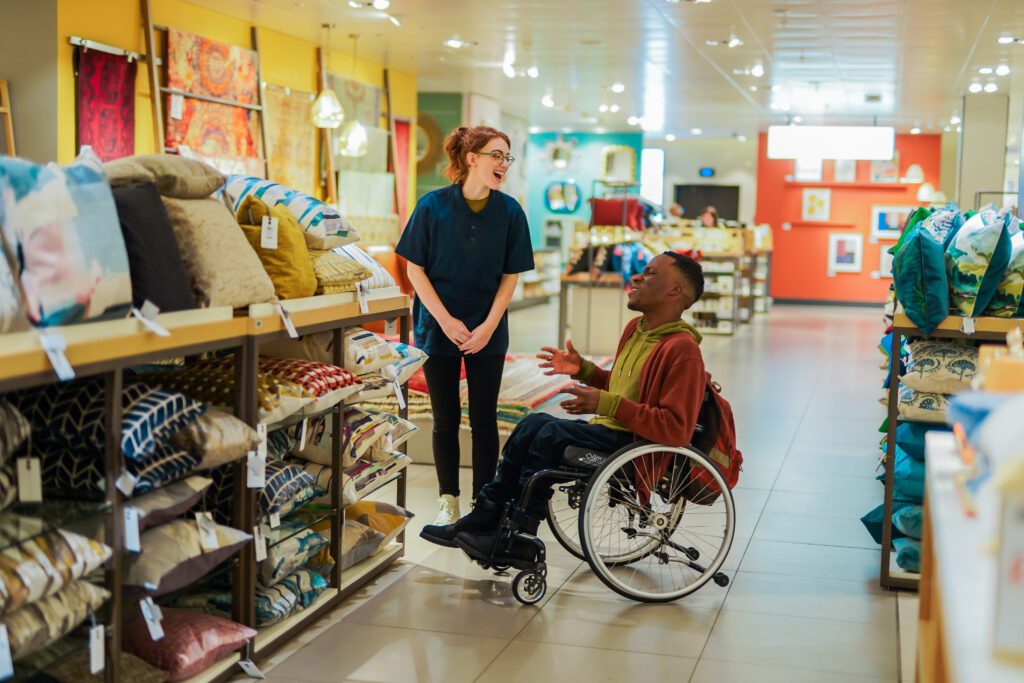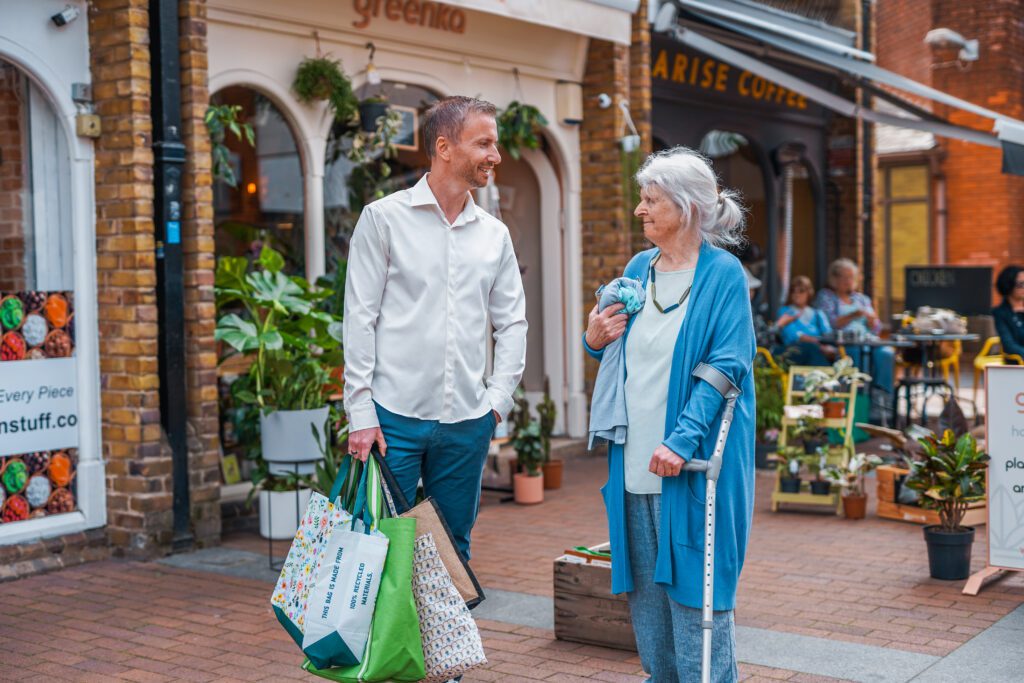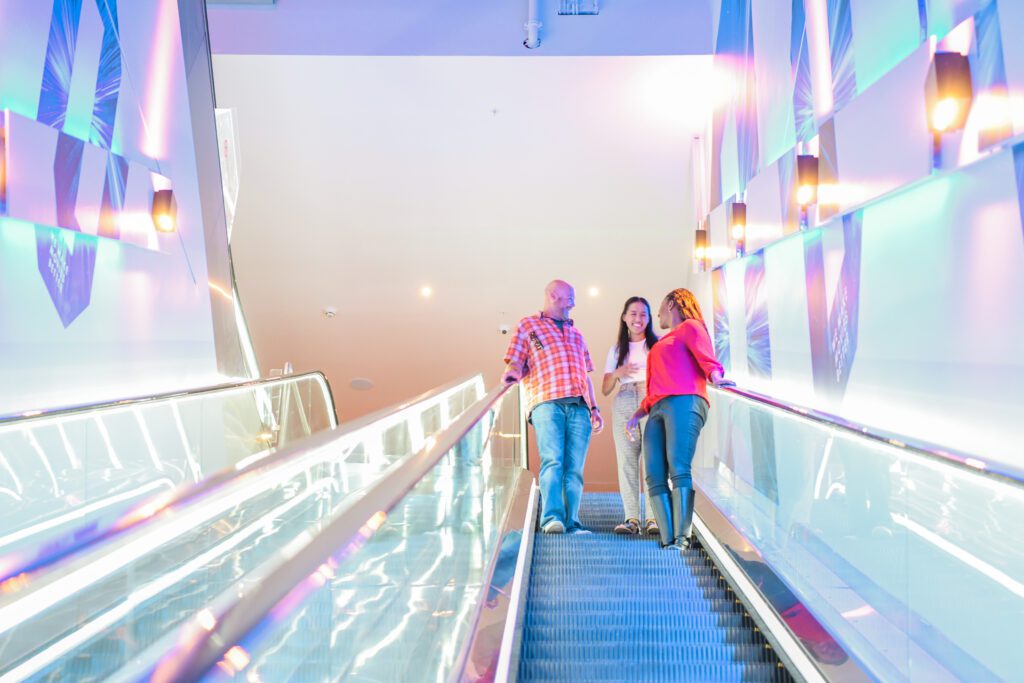Last Modified: 11 October 2024
What do we choose to buy and why?
By Diane Lightfoot, CEO, Business Disability Forum
The global spending power of people with disabilities and those around them is estimated to be a market the size of China. In the UK, the “Purple Pound” is currently estimated at £274bn each year.
Disabled people are consumers, clients, patients, students, service users. They are customers. Yet too often, disabled people face limited choice or increased costs or even difficulty finding the goods and services they want and need. So how do disabled people make decisions on where and how they shop and consume? Where do they look? When time is precious, where do disabled consumers go to find the information they need to make informed decisions? Decisions that could make the difference between acquiring a loyal customer – or not.
This report, created by Business Disability Forum, supported by Open Inclusion and made possible thanks to the generous support of our Partner Microsoft, is based on ground-breaking new research on disabled consumer’s buying habits. Through a National Representative Ipsos Mori survey of 1,000 people, a survey of disabled consumers online and a series of focus groups, we asked disabled people with a range of lived experiences not just about their experience after they had bought something but their decision-making process: What do they choose to buy and why?
The findings are compelling. They illustrate, as always, the importance of inclusive design and user involvement in the design not just of products and services themselves, but in information about them. A product may be brilliantly accessible – but if you don’t tell your customers that, or they can’t find the information they need, they won’t buy it. As ever, “we don’t know what we don’t know” and involving disabled people with a range of lived experiences right through the process is critical. My favourite example from the research was a customer with sight loss who wanted to know if the hair straighteners she was thinking of buying made a noise to let her know they had reached the correct temperature. Obvious when you think about it, but not necessarily obvious to a sighted product designer or copywriter.
Throughout the report, whilst we never “name and shame” we do highlight good practice: those who are providing great customer information and great customer service from the beginning of the buying process. In the case of the hair straighteners, we salute the team at John Lewis who in the absence of information being available, actually went and switched them on to check. Now that is great service – and I imagine, secured them a life-long fan. There are many other examples too of where customer facing teams have gone the extra mile in providing brilliant service – and in a world of increasingly values-driven consumers, that makes great business sense too.
Fittingly, as one of the highest profile organisations which is making inclusivity of their products a USP, this report has been made possible thanks to the support of our long-standing friend and Partner, Microsoft. My sincere thanks to them for supporting this new research. My thanks too to all the disabled consumers who took the time to share their experiences and challenges to inform this report. I hope it inspires you to take steps to get it right. Because we are all worth it.
Diane Lightfoot, CEO, Business Disability Forum
If you require this content in a different format, contact enquiries@businessdisabilityforum.org.uk.
© This resource and the information contained therein are subject to copyright and remain the property of the Business Disability Forum. They are for reference only and must not be copied or distributed without prior permission.


